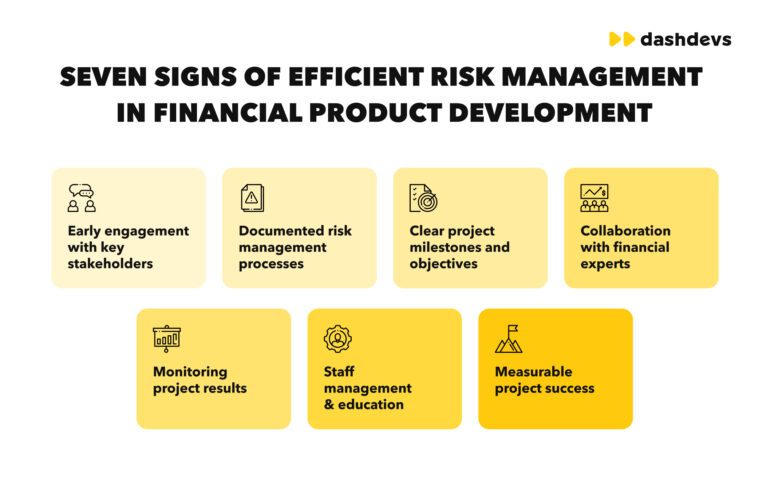One of the biggest challenges in implementing energy and climate technologies is actually scaling them up to deploy. While scale-up has largely been the domain of industrial R&D teams, advances in modeling and experimental techniques increasingly allow early-stage researchers like those at Lawrence Livermore National Laboratory (LLNL) to contribute to the process.
In a new paper appearing in Nature Chemical Engineering, the LLNL team and collaborators argue that early assessments of technology–market fit and how the physics governing system performance evolves with scale can de-risk technology development and accelerate deployment.
Team members highlight tools and processes that can be used to assess both these factors at an early stage.
“By bringing together technical risk assessments, scaled physics modeling, data analysis and in situ experimentation within multidisciplinary teams, new technologies can be invented, developed and deployed on a shorter timetable with greater probability of success,” said LLNL scientist Andrew Wong, a co-first author of the paper.
L-RAMP to the rescue
The Laboratory Risk Assessment and Mitigation Protocol (L-RAMP) is a technical risk assessment process for research projects that have reached proof-of-concept demonstrations and are anticipating industrial deployment. L-RAMP helps identify, early-on, key barriers to research, development, demonstration and deployment and provides a critical path for scale-up teams to follow to overcome those critical risks.
“It’s easy to spend a lot of time and money addressing the wrong problems and realizing that an unanticipated risk forces major changes in your project direction,” Wong said. “Advancing through technology scale-up can happen much faster and more reliably when all of the potential pitfalls have been evaluated up front.”
L-RAMP is intended to equip LLNL researchers with a roadmap to bring the innovative research to the public faster and more reliably. If focusing research efforts on critical risks can free 30% of a project team’s resources, then a three-year effort could be accomplished in two, Wong said.
The team has also seen L-RAMP increase trust and engagement with commercial partners, who find that their concerns about bringing a technology to market are clearly reflected in the ongoing research activities. The team actively used L-RAMP for LLNL projects in electrolyzer, membrane, capsule, battery and characterization technologies, with external partners.
“L-RAMP increases the success rate of technology graduating from the Lab by shining a light on the most important technical problems to be solved today,” said LLNL scientist and co-corresponding author Sarah Baker.
The ultimate goal of L-RAMP is to have more laboratory technology successfully deployed in the real world.
“Tackling the scaling challenges of critical technologies early in our research programs enables us to focus on key drivers of success,” said LLNL scientist Christopher Hahn, a co-corresponding author of the paper. “This can allow us to address time-sensitive challenges such as climate change with a clear understanding of how a new technology will function in the real world.”
It takes a village
The scale-up challenge, including its application to climate technology, is an inherently multidisciplinary endeavor, which requires the creation of strong teams composed of contributors with diverse backgrounds.
LLNL scientist and co-author, Brian Giera, explored the capability of computational tools such as artificial intelligence, to further accelerate scaling up technology.
“AI is useful in process monitoring and control, defect detection and mitigation, accelerating complementary physics-based simulations and modeling via surrogate models, and multimodal data processing that can be integrated into the techno-economic evaluation,” Giera said. “I anticipate more of these AI-centric capabilities are possible with increasing technical maturity of the physical technologies.”
Climate technology and industrial decarbonization are relatively nascent fields, and the technical challenges are vast, varied and, in many cases, underexplored. These challenges range from atomistic-scale phenomena and continuum-scale physics to system-level complexities that arise when combining materials and components into complex assemblies and to demonstrating performance at scale over long periods of time.
“And these are just some of the technical challenges,” said LLNL engineer Eric Duoss, a corresponding author of the paper. “To successfully scale and deploy, we must achieve product–market fit. That requires addressing market challenges as well as technical challenges, so technoeconomic analysis, lifecycle assessment, identification of critical risks and the largest levers are critical efforts in the early stages of the technology-development cycle, when one is looking to accelerate technology deployment and quickly scale.
“Hopefully, it’s now clear that a multidisciplinary team is essential to scale up, and our approach is to create strong partnerships between academia, national labs and industry.”
More information:
Thomas Moore et al, Accelerating climate technologies through the science of scale-up, Nature Chemical Engineering (2024). DOI: 10.1038/s44286-024-00143-0
Provided by
Lawrence Livermore National Laboratory
Citation:
Ramping up the scale of climate and energy technology: Experts recommend technical risk assessment strategies (2025, January 7)



